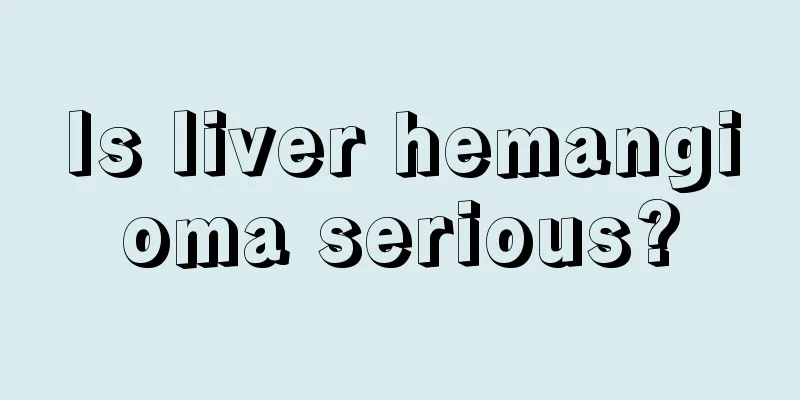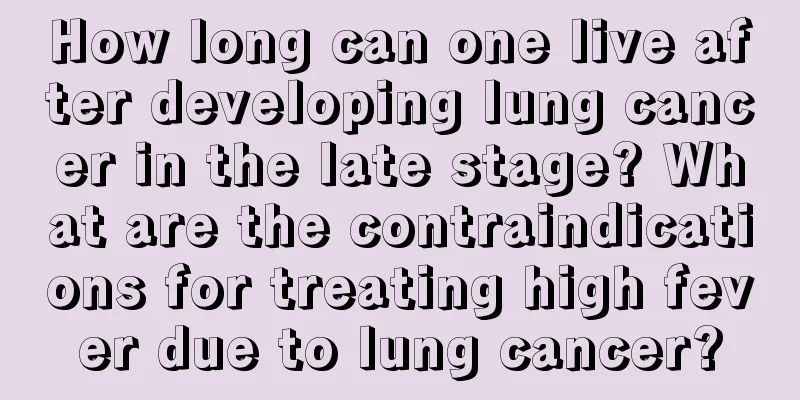Does renal hamartoma need treatment? What should I do if I have left abdominal pain?

|
Whether a renal hamartoma requires treatment depends on its size, symptoms, and growth, and left-sided abdominal pain may be caused by the hamartoma compressing surrounding tissues or other reasons. If the tumor is small and has no obvious symptoms, it can be observed regularly; however, if pain, bleeding, or the tumor is large, active intervention is usually required. Renal hamartoma is a common benign solid tumor, and its formation is often related to gene mutations, genetic factors, and certain diseases (such as tuberous sclerosis). Hamartomas that are smaller than 4 cm and asymptomatic generally do not require treatment, and only require regular B-ultrasound or CT to monitor the size and growth trend of the tumor. However, when the hamartoma continues to grow, compresses surrounding organs and causes pain, and is accompanied by hypertension, hematuria, etc., medication or surgical treatment is required. Drug treatment is mostly based on mTOR inhibitors, which can effectively delay tumor growth; for localized tumors, minimally invasive ablation can be selected, such as radiofrequency ablation or cryoablation; when the tumor is large or the risk of bleeding is high, partial nephrectomy is required. Left abdominal pain may also be affected by factors such as diet, inflammation, or urinary tract infection, so the cause needs to be clarified and treated systematically. Renal hamartoma is a common benign solid tumor, and its formation is often related to gene mutations, genetic factors, and certain diseases (such as tuberous sclerosis). Hamartomas that are smaller than 4 cm and asymptomatic generally do not require treatment, and only require regular B-ultrasound or CT to monitor the size and growth trend of the tumor. However, when the hamartoma continues to grow, compresses surrounding organs and causes pain, and is accompanied by hypertension, hematuria, etc., medication or surgical treatment is required. Drug treatment is mostly based on mTOR inhibitors, which can effectively delay tumor growth; for localized tumors, minimally invasive ablation can be selected, such as radiofrequency ablation or cryoablation; when the tumor is large or the risk of bleeding is high, partial nephrectomy is required. Left abdominal pain may also be affected by factors such as diet, inflammation, or urinary tract infection, so the cause needs to be clarified and treated systematically. Patients are advised to seek medical attention immediately if they experience persistent abdominal pain or obvious discomfort, and to use imaging examinations to determine the cause, especially to pay attention to whether there are symptoms such as hematuria and fever. In daily life, avoid excessive fatigue, have a regular work and rest schedule, exercise appropriately, eat a light diet, and supplement with antioxidant ingredients such as vegetables and fruits. At the same time, monitor the development of the tumor as prescribed by the doctor to avoid delaying treatment. For patients who have chosen medication or surgical intervention, regular follow-up management is required after surgery to prevent recurrence or other complications. |
<<: Will liver cancer occur if liver function is abnormal?
>>: Will a father's lung cancer be passed on to his daughter?
Recommend
How many days can you eat sausage
Generally, sausages can be eaten after about 10 t...
What are the main characteristics of colon cancer
What are the main characteristics of colon cancer...
The dangers of skipping rope every day
Skipping rope is a very simple sport that almost ...
Can stomach cancer be transmitted through the mouth?
Due to the high pressure of life, many people now...
How to avoid the 6 major harms of going to bed
NO.1 Meet Accidental collisions are common during...
What to do if you have dry mouth after polyp surgery
Polyps can appear in many parts of our body, incl...
The difference between Huadiao wine and yellow wine
Huadiao wine and Huangjiu are two different types...
The correct way to use vitamin C to remove spots
Vitamins have the function of beauty and skin car...
What is the reason for the heat in the palms and soles of feet
Many people are afraid of heat, especially in sum...
What are the early symptoms of bone cancer? 6 major signs to remind you
The early symptoms of bone cancer are not obvious...
What medicine is used for vomiting blood due to lung cancer
What medicine is used for vomiting blood due to l...
Possible adverse reactions after radiotherapy for cervical cancer
Radiotherapy is one of the effective ways to trea...
Is it better to use a pregnancy test stick or a pregnancy test paper?
I don’t know whether I am pregnant or not. It’s t...
What are the taboos of skin cancer
Skin cancer is a common disease in life, but most...
What to do if your gums are red, swollen and bleeding? Treat gingivitis in time
The most common cause of red, swollen and bleedin...









